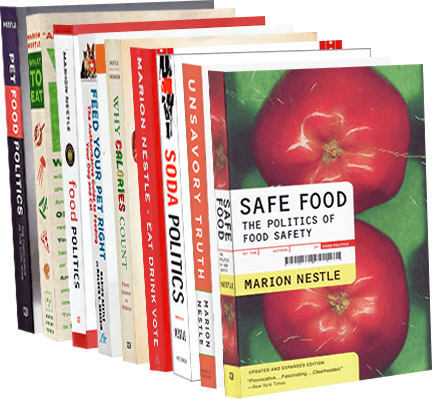A couple of days ago, William Neuman wrote about an announcement by the USDA’s statistical research unit that under pressures to cut budget, it would eliminate or cut back on its ongoing research reports.
This is alarming.
As USDA explained:
The decision to eliminate or reduce these reports was not made lightly, but it was nevertheless necessary, given the funding situation. Because of the timing of the agency’s survey work during the coming year, these decisions are necessary now.
The affected reports include these, among others:
- Annual Reports on Farm Numbers, Land in Farms and Livestock Operations – Eliminate
- Catfish and Trout Reports – Eliminate all
- Annual Floriculture Report – Eliminate
- Chemical Use Reports – Reduce frequency of commodity coverage
- Annual Bee and Honey Report – Eliminate
- Fruit and Vegetable in-season forecast and estimates– Reduce from monthly and quarterly to annual report
- Nursery Report – Eliminate
This decision, Neuman reports, “reflects a cold-blooded assessment of the economic usefulness”—translation: lack of political clout in the affected industry—of the 500 or so reports issued by the National Agriculture Statistics Service each year. The reports will still be issued on the big commodities: corn, soybeans, cattle, and pigs, for example.
Why do I find this alarming? If these reports can be eliminated, so can the ones that I personally care about and depend on for my research.
I am particularly worried about the invaluable data produced by USDA’s Economic Research Service on the composition of foods, their availability (production less exports plus imports), and per capita nutrient availability in the American diet.
I have plenty of reason to be worried.
For decades, USDA has converted information about food availability to nutrient availability in a continuous series dating back to 1909. This is the data set I use to explain how calories in the food supply have increased to today’s 3,900 per person per day from 3200 in 1980—an increase of 700 calories per day exactly in parallel with rising rates of obesity.
USDA stopped this series in 2006.
I wrote USDA to ask whether more recent data were available. Here is the response in its entirety:
Because of other project priorities the Food Supply project has been curtailed. There are programming issues to which we haven’t been able to devote available resources.
Neuman quoted a former USDA official who argues that pressures to continue the statistical reports are an example of
how hard it was to eliminate a government program, no matter how small the constituency….These congressmen up on the Hill say, “$50,000 is not much, let’s give it to them.” [The reports apparently cost about $50,000 to produce]
I have a different reaction. Isn’t it a responsibility of government to produce research that nobody else has the resources to produce? This argument reminds me of similar ones I hear that if a book hasn’t been taken out of a library in ten years, the library ought to dump it.
This is short-sighted.
Yes, $50,000 seems like a lot of money to you and me, but it is peanuts in comparison to the billions the USDA spends every year on support payments to people who aren’t even farmers.
Hence: alarming.


